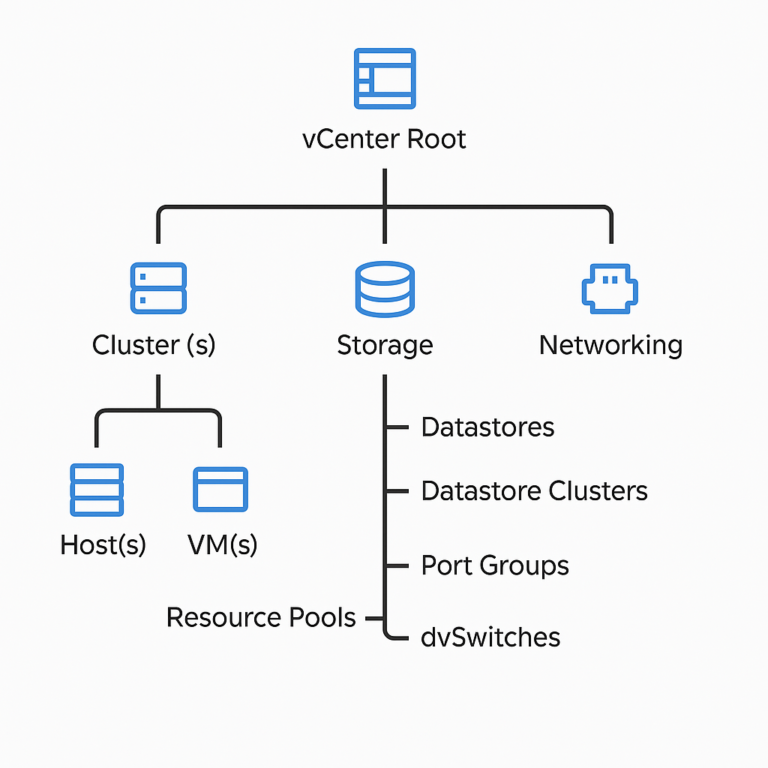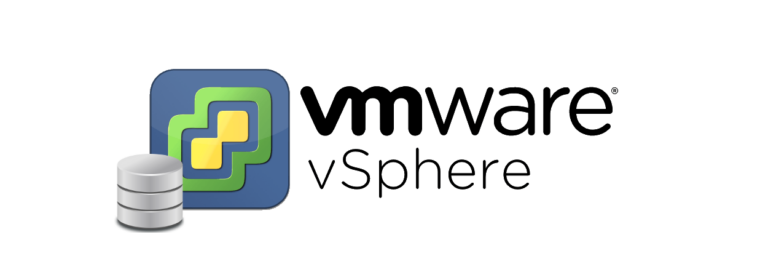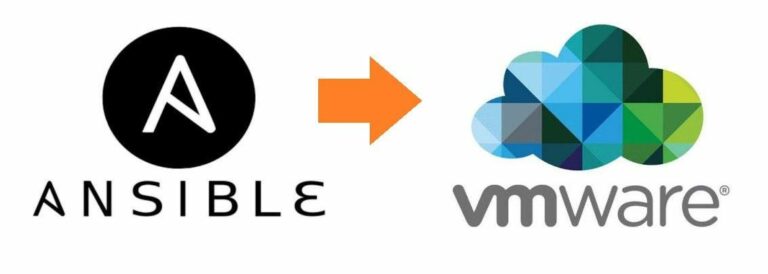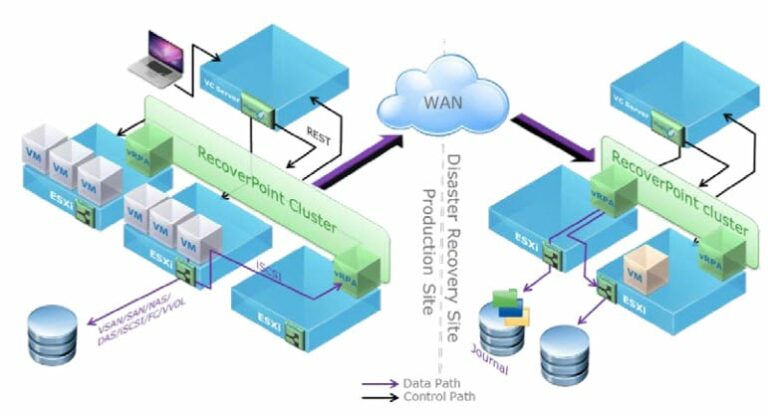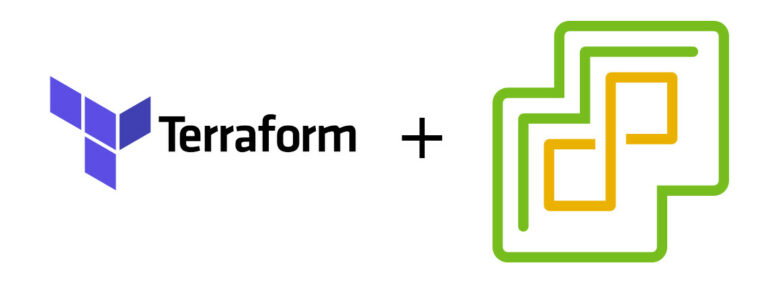
Update switches via Code
A use case I was presented recently was how multiple switches can be upgraded via automation tooling. Prerequesits As with any automation, standardisation is key. For this to work the switches should be close to the same model, the ports…



